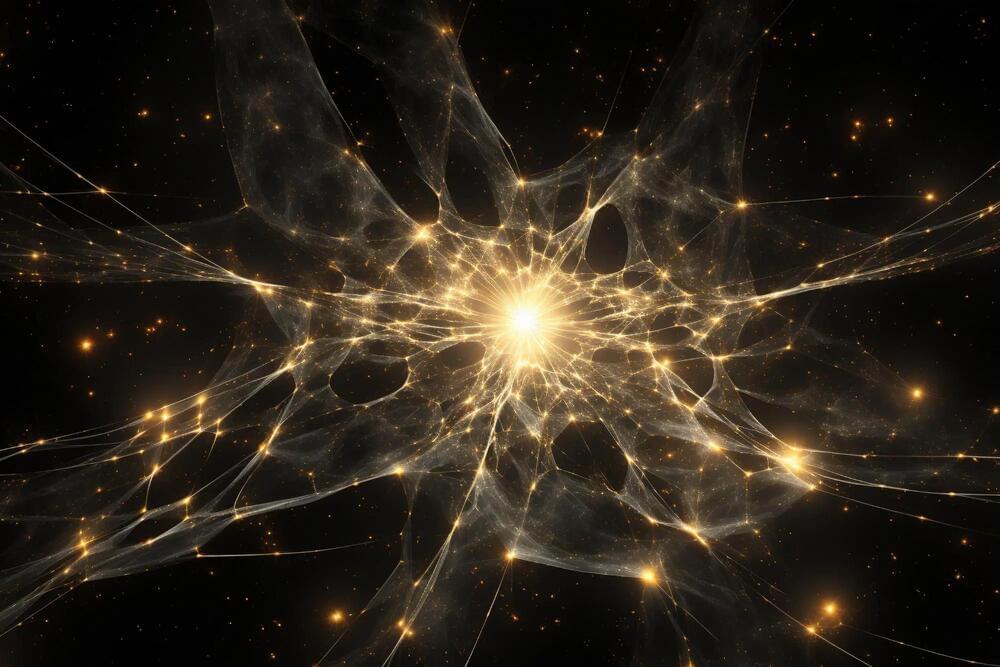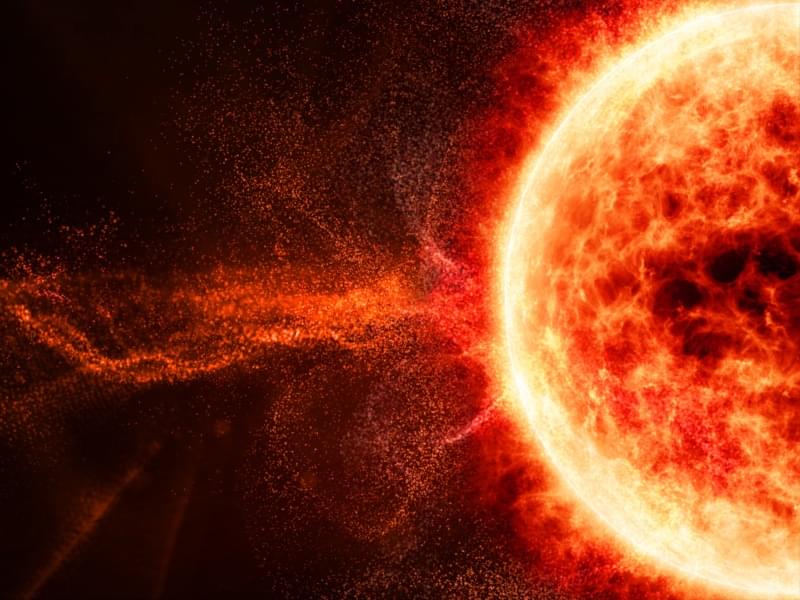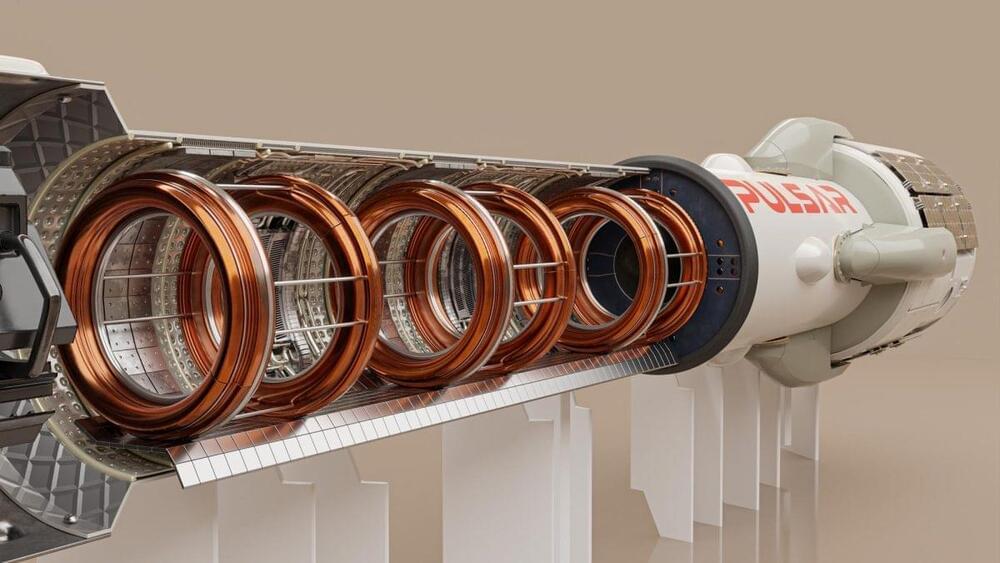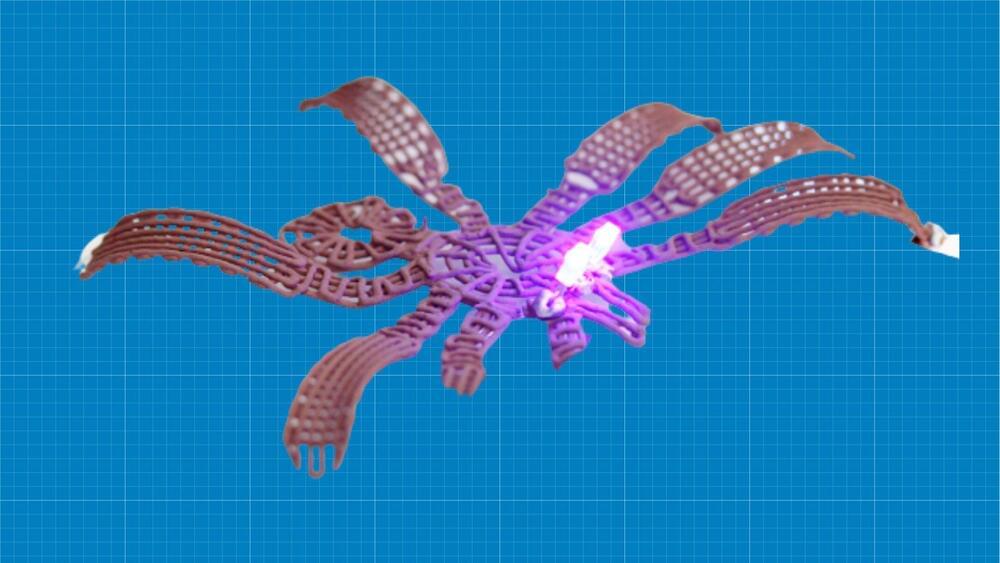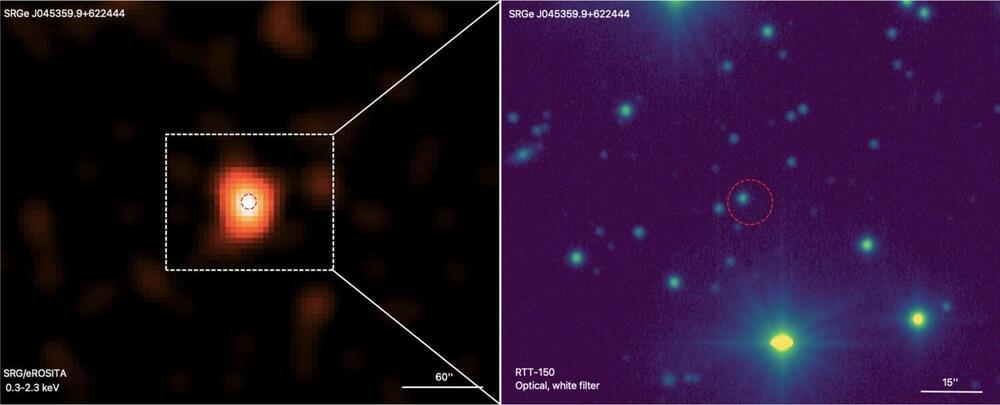
Using the Spektr-RG (SRG) spacecraft and the Zwicky Transient Facility (ZTF), an international team of astronomers has discovered a new eclipsing cataclysmic variable system, which received designation SRGeJ045359.9+622444 (or SRGeJ0453 for short). The finding is reported in a paper published June 22 on the pre-print server arXiv.
Cataclysmic variables (CVs) are binary star systems consisting of a white dwarf primary that is accreting matter from a normal star companion. They irregularly increase in brightness by a large factor, then drop back down to a quiescent state. These binaries have been found in many environments, such as the center of the Milky Way galaxy, the solar neighborhood, and within open and globular clusters.
AM CVn stars (named after the star AM Canum Venaticorum), are a rare type of CV in which a white dwarf accretes hydrogen-poor matter from a compact companion star. In general, such systems are helium-rich binaries, not showing traces of hydrogen in their spectra, with orbital periods between five and 65 minutes.

